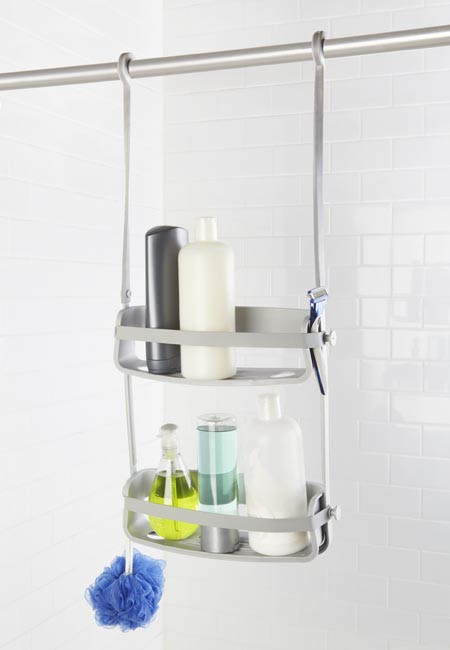

Door stoppers and blockers will secure the door in one place and make your house safer for kids and pets. An unprotected door can easily snap shut on their fingers and cause serious injury. Children love to explore and putting fingers in the door jam is nothing less than an adventure. If you have kids at home, a door stop should be a part of babyproofing. Wall and door-mounted door stops are ideal for this purpose but a wedge-like door stop can also do the job. Installing a door stop at the back of the door will take in the bounce and prevent the door from damaging the wall. A door stopper is designed to prevent just that. Let’s look at the advantages of door stoppers: Prevents damageĪccidentally pushing a door too hard and regretting it when seeing the indent in the wall behind it? We’ve all been there. Wedge-shaped door stoppers should be placed at an angle of 15-30 degrees for maximum grip.This will not only prevent it from going missing but will also help to maintain the quality and condition of the rubber. If the stopper comes with a container or a storage holder, make sure you always put it in it when not in use.Get a versatile door stopper that can stop doors of different heights and weights.Use a simple solution of dish soap and water to clean them up regularly. Since all door stops are made from rubber, they tend to get dirty and need to be cleaned appropriately.Tips to Maintain Door StoppersĪ few pieces of advice and tips about door stops and their use are: It is a stand-alone door stop that slides directly under the door and snugly fits there to restrict movement. This kind is usually made from rubber and needs no hardware installation on the door or the wall.

You can manually put it down with the help of your foot. The kick-down door stop will attach to the base of the door and prevent the door from opening too far. These door stops aren’t designed to protect walls they are meant to prop the door open. Their purpose is to prevent entry, not to protect the wall. They can be used on the front and back doors in the house. Some of these utilize magnetic systems while some include rubber or cast iron constructions. They block door openings from the outside. This kind of door stop is ideal for doors that are required to be open for long periods. Hook door stops are installed on the floor while an eyelet is placed directly above it on the door’s bottom. Some floor mounts are made too heavy and you just need to simply place them in front of the door to keep it from moving. Floor stopįloor-mounted door stops or floor stops are placed or installed on the floor versus the baseboard. This kind is often categorized as a decorative door stop as they can be found in a wide variety of finishes. They’re usually made from two magnetized parts that attach to one another for a firm grip. The magnetic door stopper can be mounted on the baseboard or the floor and will protect the wall from impact damage. You can adjust it as you like and prevent doors from slamming or swinging. They have a threaded post to allow easy control over the extent the door will open. This kind doesn’t require the installation of any hardware on the wall or the baseboard. The hinge pin door stops are mounted at the hinge of a door. They prevent the door from swinging too far and damaging the door handle, wall, and the door itself. The structure includes a coiled steel spring or a metal rod with a rubber tip for cushioning the blow.

They’re also called spring stops, as most of these feature a flexible spring-like construction that bounces the door back. Such door stops feature a rubber tip and they’re installed directly into the baseboard at the back of the door. Here are a few common kinds of door blockers: Baseboard door stop With time, this rubber-tipped device has been modified to block entrances and exits as well for better security of the house.

Originally, door stops were meant for protecting the wall behind the door from the damage of the door bumping into it. In any type or style of the door stop, the base is always made from an anti-slip material that’s usually hollow to stick to the floor despite how heavy the door is. The use of door stops goes back to the 1770s when they were first introduced as a hinge mechanism to close off the doors automatically. The most common construction material for door stops is metal and rubber. They are heavy objects in various designs, made from various materials. They stick to the wall behind the door, on the door, or can simply be placed in front of the door to block movement. Here’s a comprehensive buying guide to help you get the right stopper for your doors: What Is a Door Stop?ĭoor stops, as the name suggests, stop doors from swinging, shutting down, or opening.


 0 kommentar(er)
0 kommentar(er)
